A high-altitude balloon telescope has revealed new patterns in X-rays emitted near the black hole Cygnus X-1. These signals give scientists a clearer picture of how gas and radiation behave in the most extreme environments known.
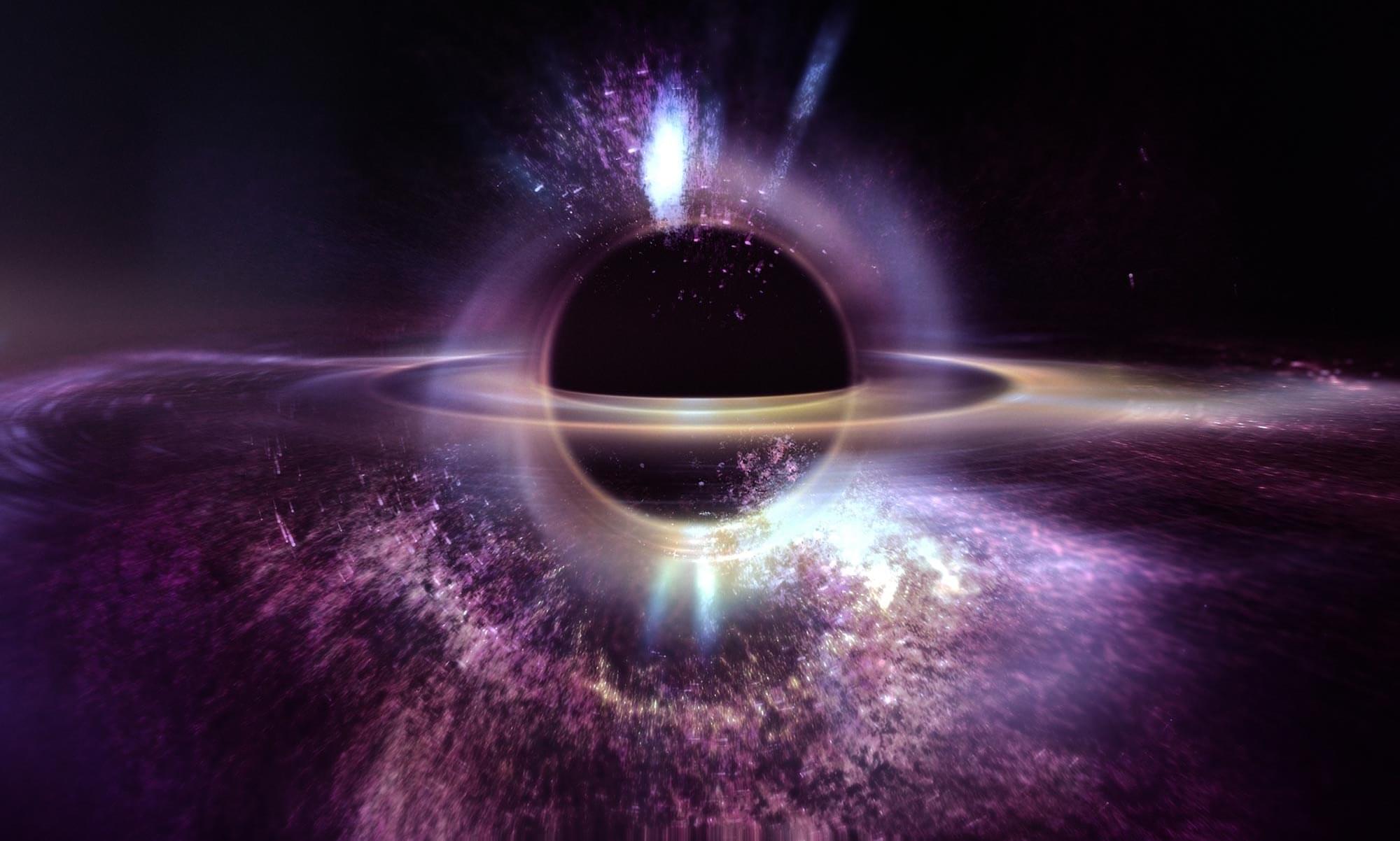

The universe is mostly invisible. Dark matter, the mysterious substance making up 85% of cosmic mass, has been detected through a stunning gamma-ray signal. Join us as we break down the research by a University of Tokyo astrophysicist who believes he has caught WIMP particles destroying each other a finding that redefines our place in the cosmos.
#universe #space #darkmatter #wion.
About Channel:
WION The World is One News examines global issues with in-depth analysis. We provide much more than the news of the day. Our aim is to empower people to explore their world. With our Global headquarters in New Delhi, we bring you news on the hour, by the hour. We deliver information that is not biased. We are journalists who are neutral to the core and non-partisan when it comes to world politics. People are tired of biased reportage and we stand for a globalized united world. So for us, the World is truly One.
Please keep discussions on this channel clean and respectful and refrain from using racist or sexist slurs and personal insults.
Check out our website: http://www.wionews.com.
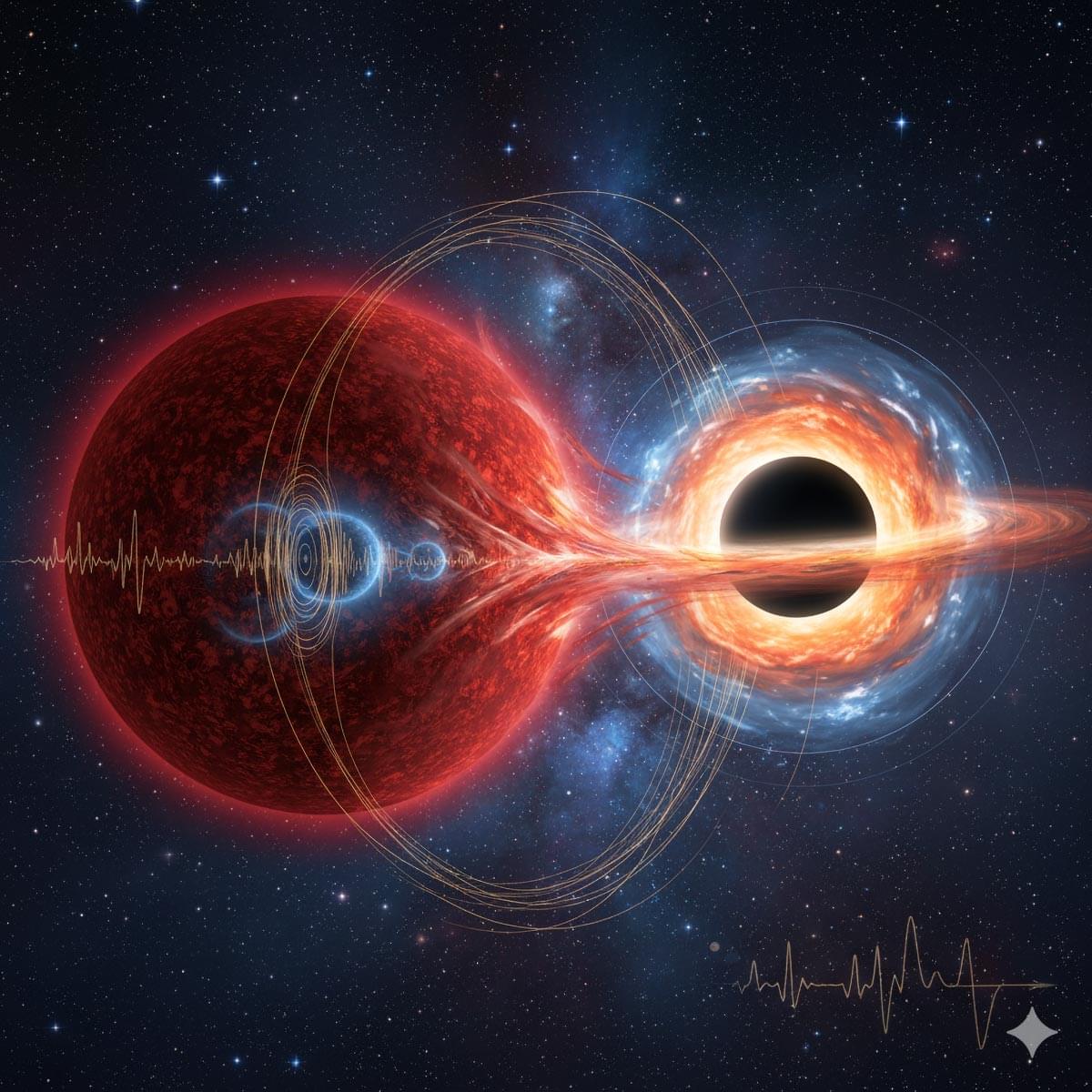
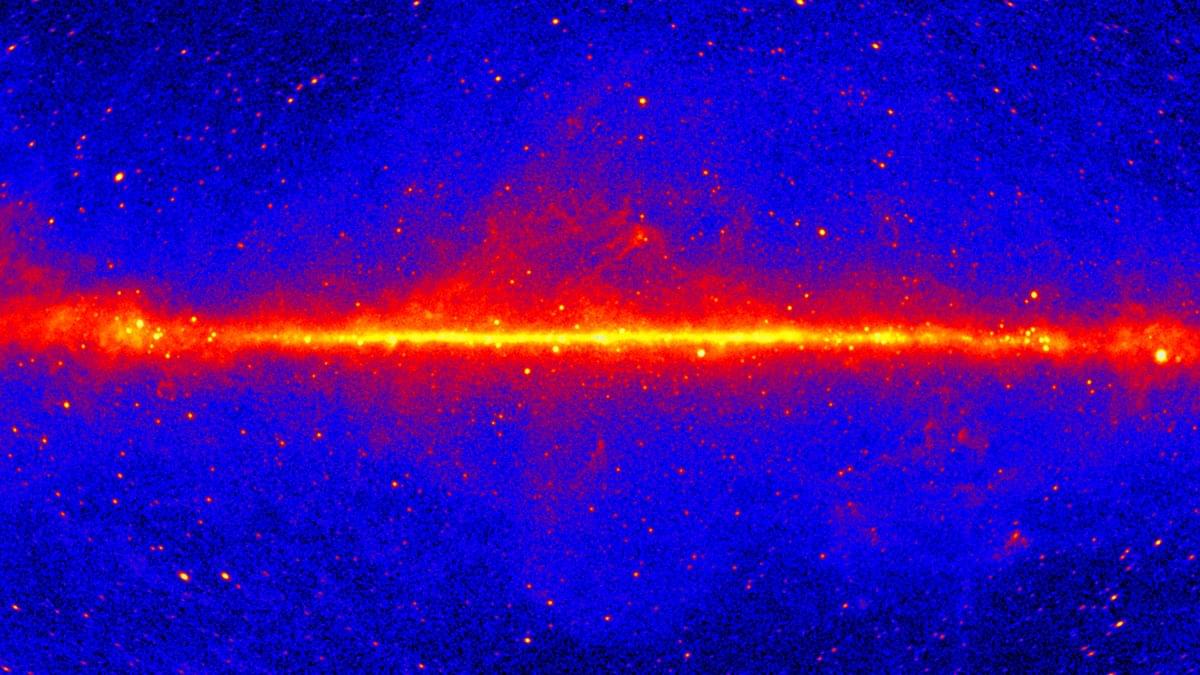
A strange, never-before-seen glow in the halo of our galaxy may be the strongest dark-matter breadcrumb yet.
A new analysis of 15 years’ worth of data from the Fermi Gamma-Ray Space Telescope reveals a glow of unusually high-energy gamma rays that cannot easily be attributed to any known source.
According to astronomer Tomonori Totani of the University of Tokyo in Japan, it may be the radiation produced when hypothetical dark matter particles collide and wipe out one another.
For decades, we were taught the universe is 13.8 billion years old. Textbooks repeated it. Documentaries swore by it. Every model of cosmic history depended on it.
But now the numbers are breaking.
The James Webb Space Telescope is detecting galaxies that shouldn’t exist, stars older than our timeline allows, and cosmic structures so mature they overturn everything we thought we understood.
Reality is being rewritten in real time.
New evidence points to a universe that could be 26.7 billion years old – nearly double the age we believed. And if that’s true, then the biggest question becomes unavoidable.
What came before the Big Bang?
The answer is colder, emptier, and far stranger than anything in standard cosmology.
Get ready. We’re going back to the moment before everything.
COPYRIGHT DISCLAIMER:
All content in this video is original or sourced from licensed royalty-free libraries. Scientific material is used under fair use for educational analysis. The script, narration, music, SFX, and visuals are produced using legally obtained and properly credited resources.
Euclid’s first data release is here — and it’s already transforming our understanding of galaxy evolution, black hole growth, and the hidden structure of the Universe. From secondary galactic nuclei to rare ionized systems and newly revealed dwarf galaxies, Euclid is opening a new chapter in cosmology. To learn more about Euclid’s First Data Release, you can watch our full video on YouTube.
Paper link : https://arxiv.org/pdf/2503.
Chapters:
00:00 Introduction.
00:49 DISCOVERY
03:59 SCIENTIFIC IMPORTANCE & THEORIES
07:17 IMPLICATIONS & WHAT’S NEXT
10:49 Outro.
11:03 Enjoy.
MUSIC TITLE : Starlight Harmonies.
MUSIC LINK : https://pixabay.com/music/pulses-star… our website for up-to-the-minute updates: www.nasaspacenews.com Follow us Facebook: / nasaspacenews Twitter:
/ spacenewsnasa Join this channel to get access to these perks:
/ @nspacenews #NSN #NASA #Astronomy.
Visit our website for up-to-the-minute updates:
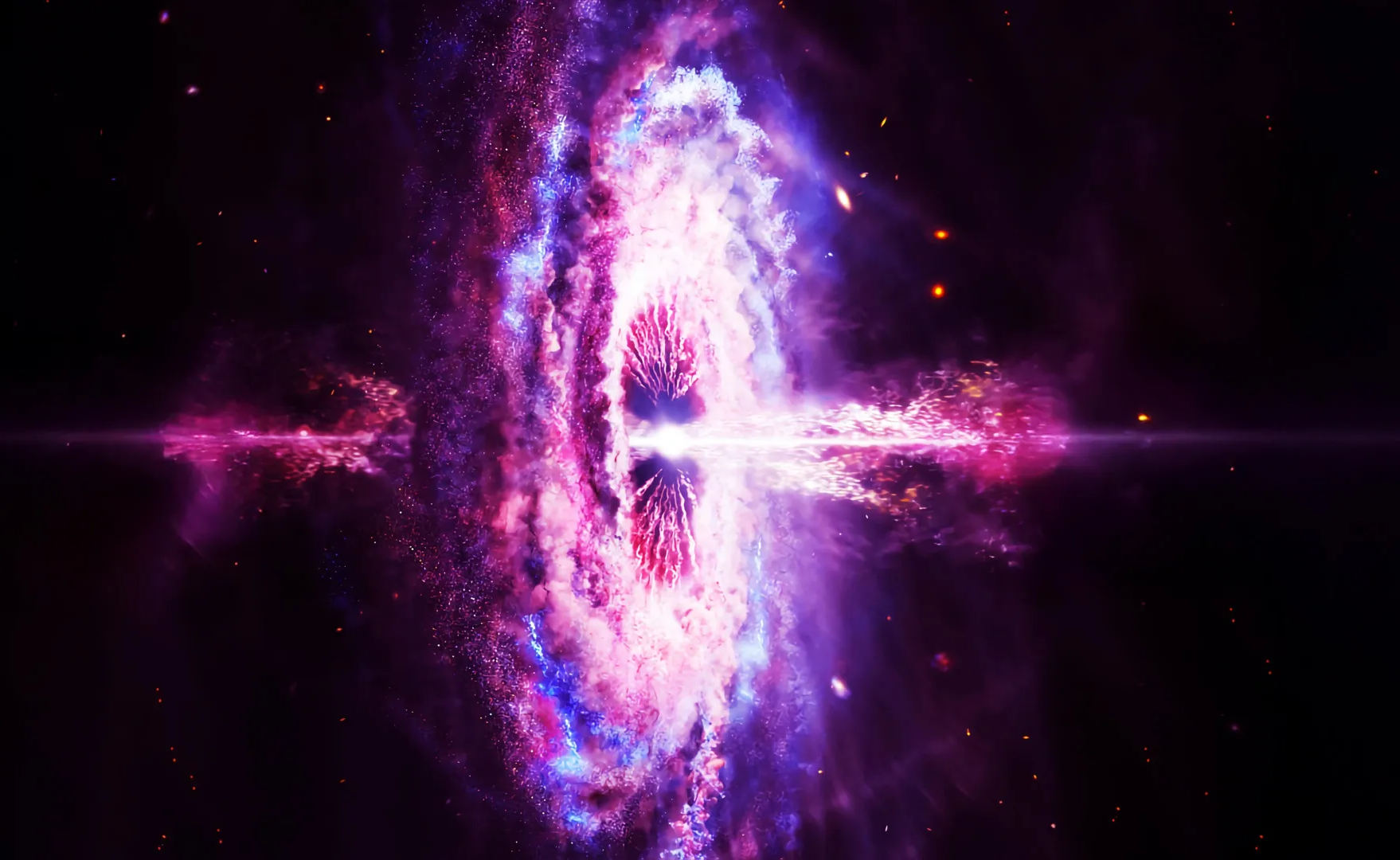
LHAASO has traced the mysterious cosmic ray “knee” to powerful micro-quasars firing ultra-energetic particles across the galaxy. LHAASO has uncovered that micro-quasars, black holes feeding on companion stars, are powerful PeV particle accelerators. Their jets produce ultra-high-energy gamma rays and protons that exceed long-held expectations. Precise cosmic-ray measurements reveal a new high-energy component, suggesting multiple sources within the Milky Way. These findings finally tie the “knee” structure to black hole jet systems.
Milestone results released by the Large High Altitude Air Shower Observatory (LHAASO) on November 16 have finally clarified a decades-old puzzle in astrophysics: the unusual drop in cosmic ray counts above 3 PeV that produces what scientists call the “knee” in the cosmic ray energy spectrum.
The cause of this steep decline has remained mysterious since it was first identified nearly 70 years ago. Researchers long suspected that the feature reflects the highest energies that cosmic ray sources can reach, marking a shift in the spectrum from one power-law behavior to another.
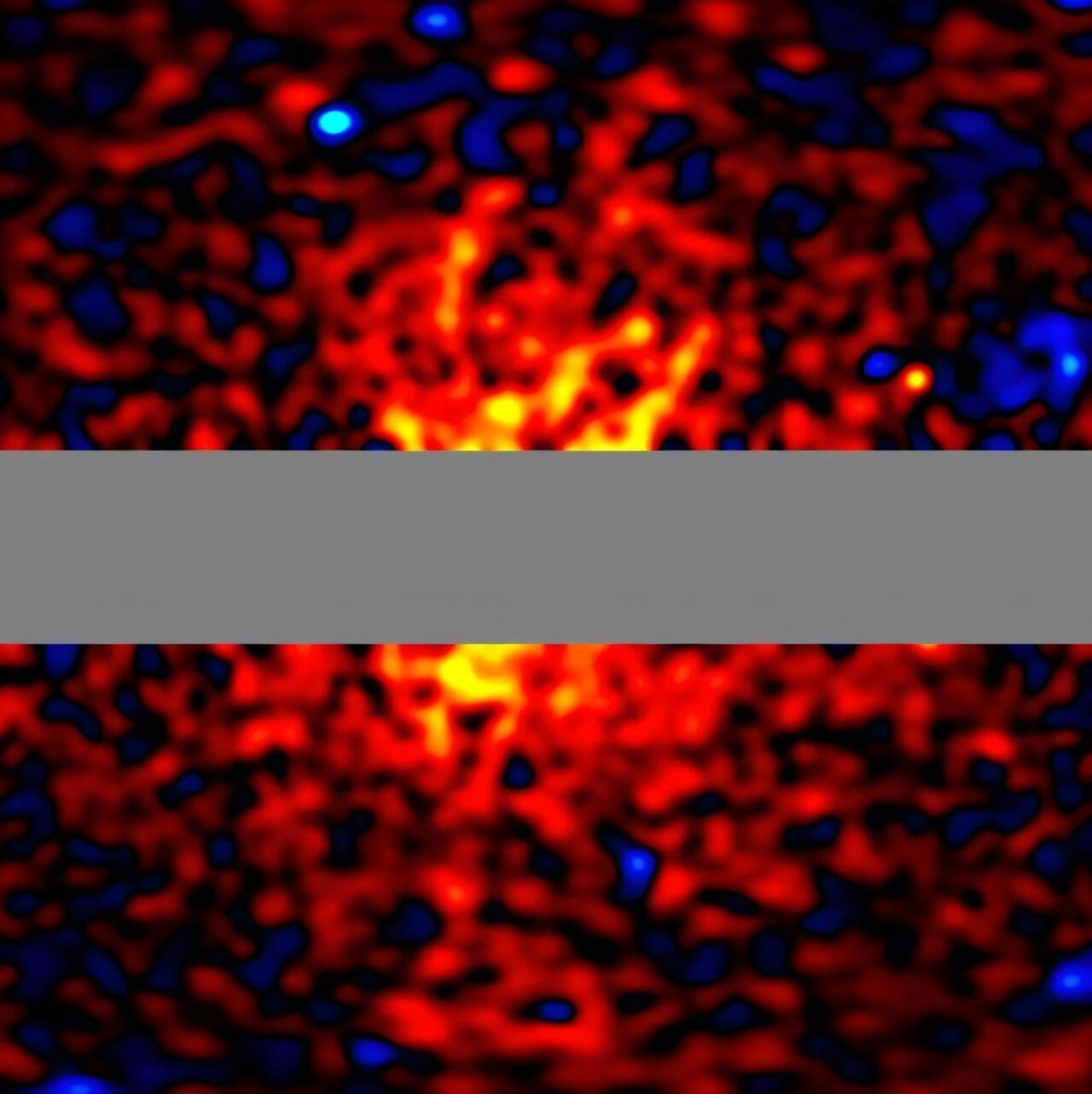
In the early 1930s, Swiss astronomer Fritz Zwicky observed galaxies in space moving faster than their mass should allow, prompting him to infer the presence of some invisible scaffolding—dark matter—holding the galaxies together. Nearly 100 years later, NASA’s Fermi Gamma-ray Space Telescope may have provided direct evidence of dark matter, allowing the invisible matter to be “seen” for the very first time.
Dark matter has remained largely a mystery since it was proposed so many years ago. Up to this point, scientists have only been able to indirectly observe dark matter through its effects on observable matter, such as its ability to generate enough gravitational force to hold galaxies together.
The reason dark matter can’t be observed directly is that the particles that make up dark matter don’t interact with electromagnetic force—meaning dark matter doesn’t absorb, reflect or emit light.

Using various ground-based and space telescopes, an international team of astronomers has observed a recently discovered fast X-ray transient designated EP 241021a. Results of the multiwavelength observational campaign, published November 17 on the pre-print server arXiv, shed more light on the behavior and nature of this transient.
Fast X-ray transients (FXTs) are bursts in soft X-rays lasting from a few hundred seconds to several hours. They are very difficult to detect because they occur at unpredictable locations and times and their activity is very brief. Moreover, their nature is still puzzling. However, astronomers trying to explain their origin take into account several scenarios; for instance, stellar flares, supernova shock breakouts, and long gamma-ray bursts (GRBs).
EP 241021a is an FXT detected on October 21, 2024, with the Wide-field X-ray Telescope (WXT) onboard the Einstein Probe (EP) satellite, at a redshift of 0.75. It exhibited a luminous soft X-ray flash lasting about 100 seconds and a peak 0.5–4 keV luminosity of approximately one quindecillion erg/s.
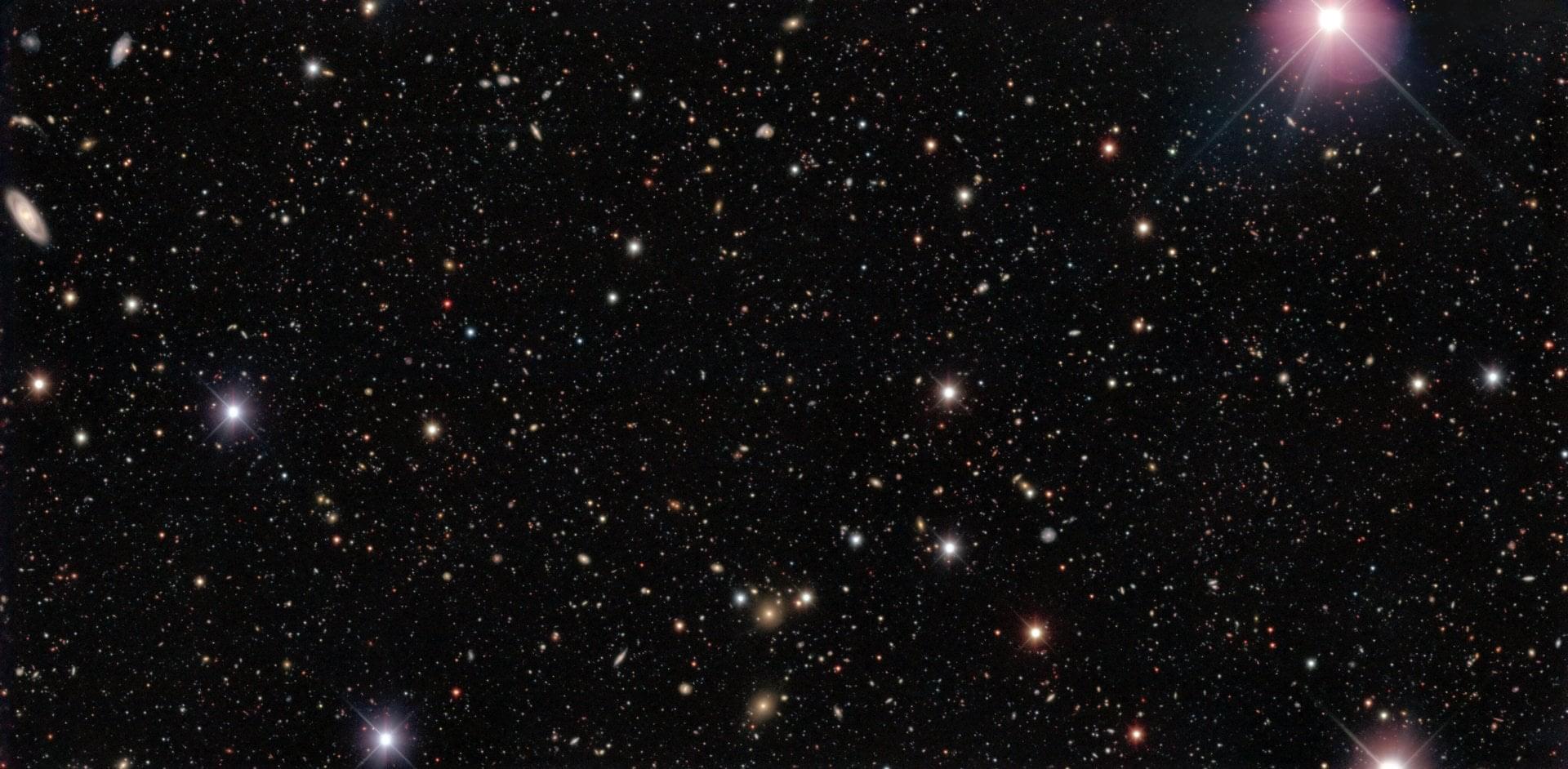
An expanding universe complicates this picture just a little bit, because the universe absolutely refuses to be straightforward. Objects are still emitting light, and that light takes time to travel from them over to here, but in that intervening time the universe grows larger, with the average distance between galaxies getting bigger (yes, I know that sometimes galaxies can collide, but we’re talking on average, at big scales here).
So when we see an image of a distant galaxy, and that light has traveled for billions of years to finally end in our telescopes, we don’t know how far away that galaxy is right now, at the moment that we get the light. We have to turn to a cosmological model that incorporates the expansion history of the universe, so we know how much the universe has grown in a given amount of time.
Our current best model of the universe is called LCDM, which involved both dark matter (different episode) and dark energy (different episode). We can discuss the relative merits and weaknesses of LCDM (different episode), but for now let’s just take it as a given, as deviations from LCDM don’t really change the picture much.